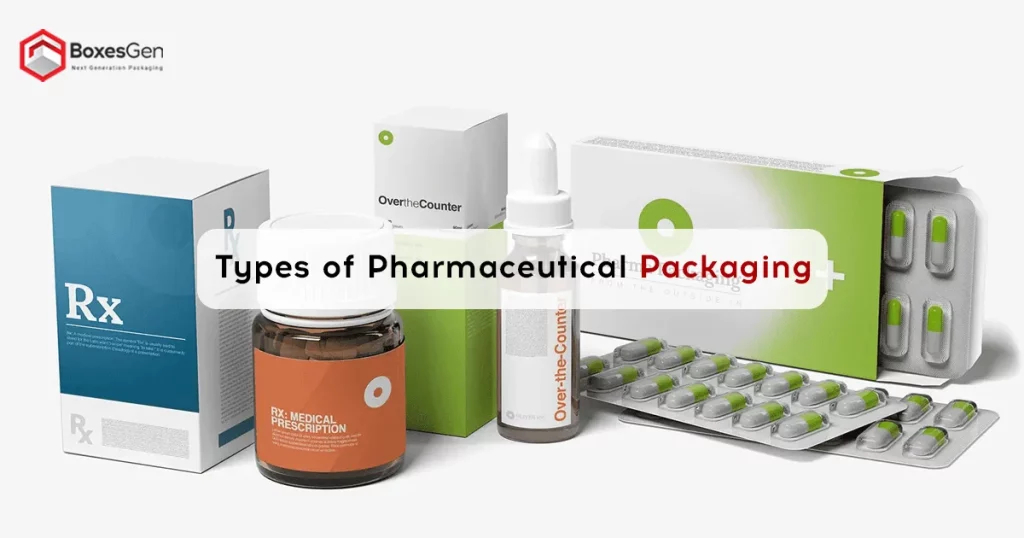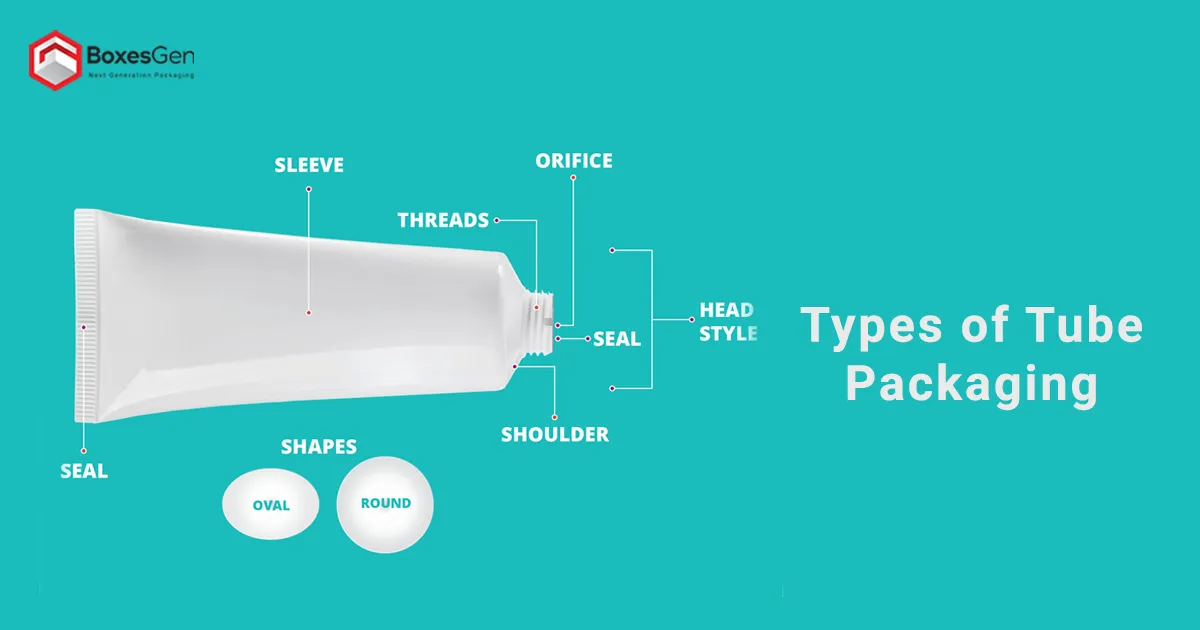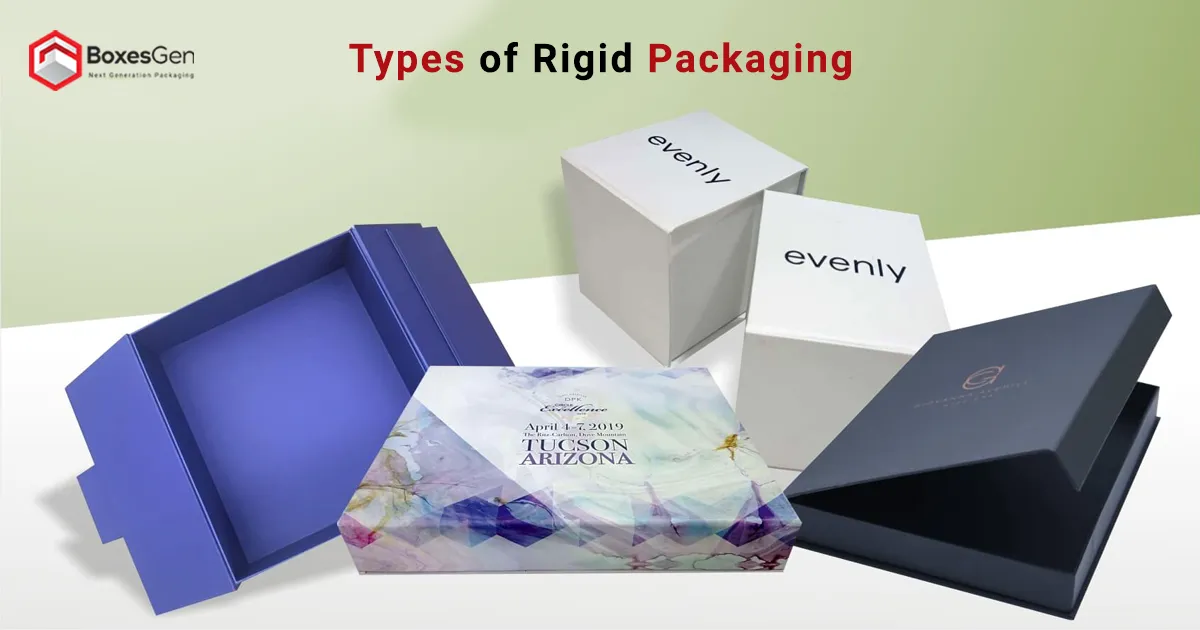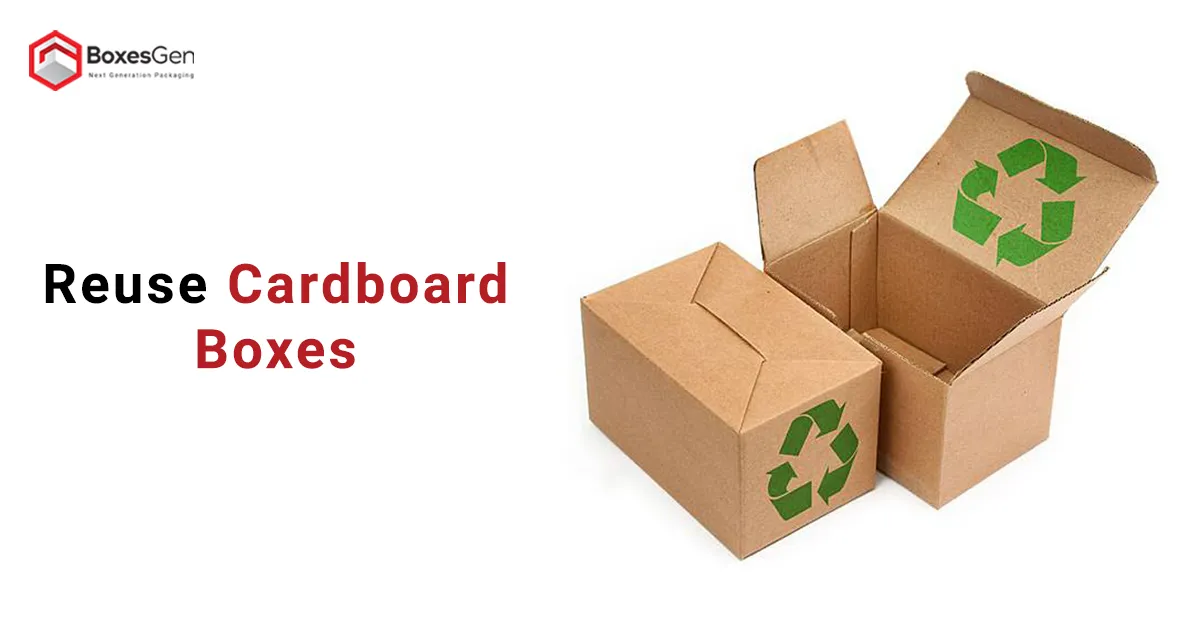Types of Pharmaceutical Packaging
Pharmaceutical Packaging plays a pivotal role in ensuring the safety, efficacy, and integrity of medicinal products. It serves as the primary barrier against external factors that can compromise the quality of pharmaceuticals. In this comprehensive article, we will delve into various types of pharmaceutical packaging, exploring their features, applications, and advantages.
Vials
Vials are small, cylindrical containers commonly used for liquid medications. They are typically made of glass or plastic and come in various sizes. Glass vials are preferred for their inert nature, ensuring the stability of sensitive drug formulations. Plastic vials, on the other hand, offer lightweight and break-resistant alternatives.
Ampoules
Ampoules are sealed, single-dose containers made of glass. They are designed to maintain sterility and are commonly used for inject able medications. Ampoules are sealed by melting the top with an open flame, providing an airtight seal that prevents contamination and degradation of the drug.
Bottles
Bottles are one of the most common forms of pharmaceutical packaging. Available in various materials such as glass or plastic, they are ideal for liquid medications, syrups, and suspensions. Amber-colored glass bottles offer protection against light, preventing photo chemical degradation of light-sensitive drugs.
Sachets
Sachets are small, flat packets often used for powdered or granulated medications. They are convenient for single-dose administration and are widely used for oral rehydration salts, antibiotics, and other powdered pharmaceutical formulations. Sachets provide accurate dosing and ease of use.
Cartons
Cartons are secondary packaging used to contain multiple units of primary packaging, such as vials, bottles, or blister packs. They serve as a protective layer and often include essential information such as dosage instructions, side effects, and expiry dates. Cartons also improve the visual appeal of the product on pharmacy shelves.
Tertiary Packaging
Tertiary packaging involves the grouping of multiple cartons or primary packaging units for secure transportation and storage. It safeguards pharmaceutical products during transit, preventing damage and ensuring that the products reach their destination in optimal condition.
Containers
Containers encompass a wide range of packaging types, including bottles, vials, ampoules, and jars. These versatile packaging solutions are chosen based on the specific requirements of the pharmaceutical product, considering factors such as drug compatibility, stability, and ease of administration.
Syringes
Syringes are specialized packaging for liquid medications, ensuring precise dosing and sterile administration. Prefilled syringes are increasingly popular for their convenience, reducing the risk of dosage errors and contamination during drug administration.
Glass
Glass remains a classic material for pharmaceutical packaging, particularly for vials and ampoules. It is inert, non-reactive, and impermeable, preserving the drug’s stability and preventing interaction between the medication and the container.
Paper
Paper-based pharmaceutical packaging is an eco-friendly option that provides information, increases brand visibility, and ensures regulatory compliance. Paper cartons and labels are often used for secondary packaging, providing essential details about the medication and its usage.
Plastic
Plastic packaging, including bottles and containers, offers lightweight and durable alternatives to glass. Plastic is often preferred for its flexibility, impact resistance, and cost-effectiveness. However, considerations must be made to ensure compatibility with the specific pharmaceutical formulation.
Sterile Packaging
Sterile packaging is essential for inject able medications to prevent contamination and maintain the sterility of the drug. Ampoules, vials, and prefilled syringes are commonly used in sterile packaging, ensuring the safety and efficacy of parenteral drug administration.
Strip Package
Strip packaging involves enclosing individual doses of oral medications in a sealed strip, providing convenient and accurate unit dosing. This packaging format is commonly used for tablets and capsules, increasing patient compliance and ease of administration.
Aluminium Foil
Aluminium foil is a widely used material for pharmaceutical packaging due to its excellent barrier properties against moisture, light, and gases. It is commonly employed for Blister Packs, ensuring the stability and protection of solid dosage forms.
Compliance Packaging
Compliance packaging is designed to help patients adhere to their medication regimens. This includes blister packs with individual compartments for each dose, making it easier for patients to track their medication schedule and reducing the risk of missed doses.
Customizable Packaging
Customizable Packaging allows pharmaceutical companies to create unique and branded packaging solutions. This can include Personalized Labeling, embossing, and unique designs, improving the product’s market appeal and brand recognition.
Lamitubes
Lamitubes are a Type of Packaging made by laminating various materials, often combining plastic and aluminum. These tubes are flexible, lightweight, and well-suited for semi-solid and cream pharmaceutical formulations. Lamitubes offer excellent barrier properties and ease of dispensing.
Pharmaceutical Pouches
Pouches provide flexible and convenient packaging for pharmaceutical products. They are often used for powders, granules, or liquids and come in various materials, including foil, plastic, and laminates. Pharmaceutical pouches are lightweight and easily transportable.
PVC-Based Combinations
PVC-based combinations are widely used for blister packs and other forms of pharmaceutical packaging. These combinations offer a balance between rigidity and flexibility, ensuring proper protection for the pharmaceutical product while allowing for easy handling and administration.
Shrink Wrapping
Shrink wrapping involves encasing pharmaceutical products in a tight-fitting plastic film that shrinks when heat is applied. This tamper-evident packaging provides protection against contamination and ensures the integrity of the product until it reaches the end user.
Medical Trays
Medical trays are specialized packaging solutions designed to hold and organize medical devices or pharmaceutical products. They are commonly used for sterile surgical instruments, ensuring proper organization and ease of access in medical settings.
Tubes
Tubes are commonly used for semi-solid pharmaceutical formulations such as creams and ointments. They provide a squeezable and user-friendly packaging solution, allowing for precise dosing and easy application.
Conclusion
The diverse landscape of pharmaceutical packaging reflects the unique needs and characteristics of different medications. The choice of packaging type is influenced by factors such as the nature of the drug, route of administration, and stability requirements. As pharmaceutical technology continues to advance, packaging innovations will play a crucial role in ensuring the safety, efficacy, and convenience of medications for patients worldwide.
Frequently Asked Questions
How Many Types of Packaging Are There in Pharmaceutics?
Pharmaceutics utilizes various types of packaging, including primary, secondary, and tertiary packaging. Each serves a specific purpose in protecting and delivering pharmaceutical products.
Which Type of Package Is Used by The Pharmaceutical Industry?
The pharmaceutical industry commonly employs blister packaging for its products. Blister packs provide a secure barrier against external factors, ensuring the integrity and safety of the medications.
What Is Primary and Secondary Pharmaceutical Packaging?
Primary packaging involves the direct contact with the pharmaceutical product, such as bottles or blister packs. Secondary packaging, on the other hand, includes the outer packaging that contains multiple primary packages.
What Are the Two Main Types of Packaging?
The two main types of packaging are primary packaging, which comes into direct contact with the product, and secondary packaging, which is the outer layer encompassing multiple primary packages.
What Is the Most Common Type of Packaging?
Blister packaging is widely considered the most common type in pharmaceuticals due to its effectiveness in protecting individual doses and ensuring tamper resistance.
What Are The 4 Levels of Packaging?
The four levels of packaging include primary packaging (direct contact with the product), secondary packaging (outer packaging for multiple primary packages), tertiary packaging (bulk packaging for transport), and quaternary packaging (palletizing for storage and distribution).
What Are the Three 3 Types of Packaging?
The three types of packaging in pharmaceuticals are primary packaging, secondary packaging, and tertiary packaging, each serving distinct roles in product protection and distribution.
What Are the Three Main Levels of Packaging?
The three main levels of packaging are primary (individual contact with the product), secondary (outer packaging for multiple primary packages), and tertiary (bulk packaging for transport).
How Many Types of Packaging Are There?
There are various types of packaging in pharmaceuticals, but the primary and secondary packaging are the main categories, addressing both direct contact and outer layers.
How Many Classifications of Packaging Do We Have?
Packaging is classified into primary, secondary, and tertiary levels. Each classification serves a specific function in preserving and delivering pharmaceutical products.
What Is the Packaging Method?
The packaging method in pharmaceuticals involves systematically employing primary, secondary, and tertiary packaging to ensure the safety, integrity, and efficient distribution of medicinal products.
What Is the Difference Between Packing and Packaging in Pharmaceuticals?
Packing refers to placing products in containers, while packaging encompasses the entire process, including designing, producing, and placing the protective layers around pharmaceutical products.
What Is Blister Packaging in Pharmacy?
Blister packaging in pharmacies involves using pre-formed plastic or aluminum sheets to create individual pockets for each dose, providing protection against external elements and ensuring dosing accuracy.
What Is the Difference Between Blister and Strip?
Blister packaging features individual pockets, while strip packaging consists of a continuous strip with perforated sections for individual doses. Both offer protection and ease of use, but their structures differ.
What Type of Plastic Is Used in Pharmaceutical Packaging?
High-density polyethylene (HDPE) and polyethylene terephthalate (PET) are commonly used plastics in pharmaceutical packaging due to their durability, chemical resistance, and safety for drug storage.
What Are the Different Types of Pharmaceuticals?
Pharmaceuticals include various types, such as oral medications, injectables, topical creams, and biologics. Each type requires specific packaging to ensure stability and efficacy.
What Is Classification in Pharmaceuticals?
Classification in pharmaceuticals involves categorizing medications based on their therapeutic effects, chemical composition, or mechanism of action. This classification aids in organizing and understanding diverse drug types.
What Is Primary Packaging?
Primary packaging in pharmaceuticals is the immediate container that comes into direct contact with the product, ensuring its safety, integrity, and protection from external factors during storage and use.








